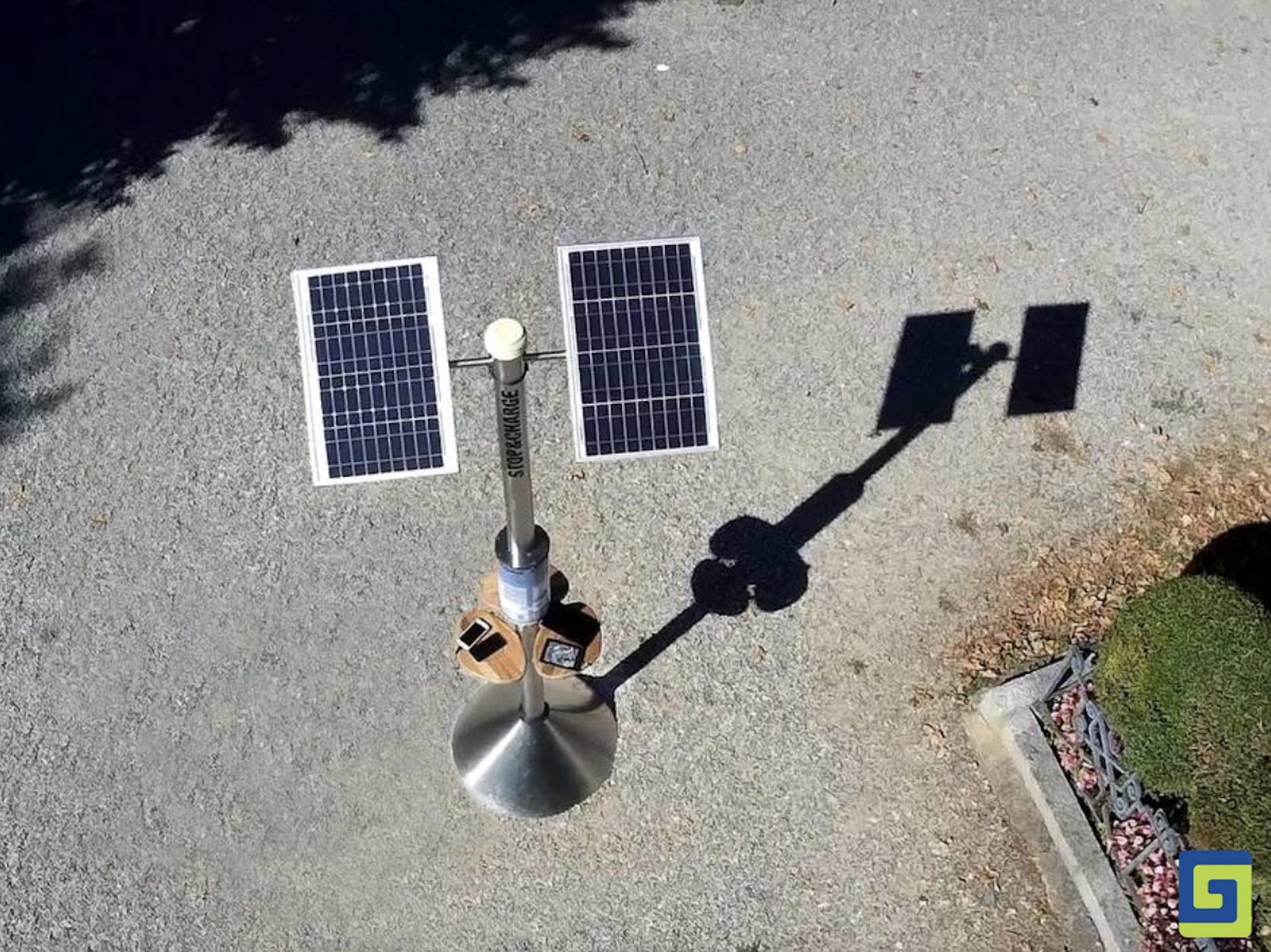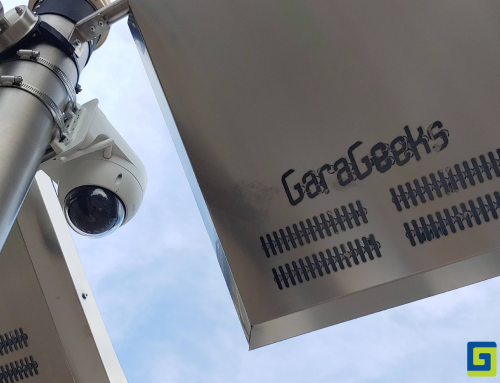Ensuring widespread and thorough air control is essential for GaraGeeks: we propose solutions using low-cost sensors to monitor air quality.
The quality of the air is crucial for human health and the environment. The European Union acknowledges the significance of addressing atmospheric pollution and is working towards adopting stricter regulations to improve air quality. Indeed, air pollution can lead to various issues, including respiratory and cardiovascular diseases.
According to the EU report in 2020, 96% of people in EU cities were exposed to concentrations of fine particles surpassing the WHO guidelines, underscoring the urgency for more effective measures to tackle this issue.
The Zero Pollution Action Plan
The European Union has developed the “Zero Pollution Action Plan” to address the issue of air pollution, which is part of the United Nations’ 2030 Agenda for Sustainable Development. Aligned with the European Green Deal, the EU aims to reduce air, water, and soil pollution by 2050 to levels that are not harmful to human health and natural ecosystems, while respecting sustainable limits for the planet.
The plan sets several targets to achieve by 2030, including a 55% reduction in premature deaths caused by air pollution, a 25% decrease in EU ecosystems threatened by air pollution, and a 50% reduction in plastic waste in the sea, along with a 30% decrease in the release of microplastics into the environment.
Types of atmospheric pollutants and their effects
- Particulate matter: these are tiny particles or droplets suspended in the air, so small that they can enter the bloodstream through respiration. These particles may contain organic chemicals, dust, soot, and metals;
- Nitrogen dioxide: a chemical compound primarily produced in diesel engines. Exposure to nitrogen dioxide reduces resistance to infections and is associated with chronic respiratory diseases and premature lung aging;
- Ozone: a highly toxic gas that, when inhaled, irritates the eyes, respiratory tract, and mucous membranes, causing particularly severe issues for individuals with asthma and chronic respiratory conditions.
Impact on biodiversity and pollution origins
Atmospheric pollution doesn’t just affect humans; it significantly impacts biodiversity as well. According to the 2020 report, 59% of forested areas and 6% of agricultural areas in Europe were exposed to harmful levels of ozone. This has caused significant economic damage to crops, with estimated losses of around 1.4 billion euros in 35 European countries in 2019, with the most severe losses recorded in France, Germany, Poland, and Turkey.

Atmospheric pollution originates from various sources, with over half of particle emissions stemming from the combustion of solid fuels used for heating. Residential, commercial, and institutional sectors are the primary sources of particulate pollution in Europe. Additionally, agriculture is a major polluter, responsible for 94% of ammonia emissions, while road traffic contributes to 37% of nitrogen oxide emissions, and agriculture to 19%. It’s encouraging to note that despite the EU’s GDP growth, all these emissions have shown a downward trend since 2005.
Localised sources of atmospheric pollution, such as field fires or chimney smoke, pose a significant challenge to neighborhood air quality. These pollution episodes can have a direct impact on human health and the surrounding environment. However, such sources of pollution are often not easily identifiable or monitorable using traditional monitoring systems. That’s why it’s crucial to implement widespread monitoring, for instance, through solutions proposed by GaraGeeks.
Italy’s Po Valley
Italy’s Po Valley , renowned for its scenic beauty, unfortunately grapples with one of Europe’s most severe environmental issues: air pollution. An investigation by The Guardian revealed a concerning situation where over a third of the people living in the valley and its surroundings breathe air that surpasses the safe limit set by the World Health Organization by four times.
According to the European Environment Agency, this low air quality has been associated with an alarming number of premature deaths in Italy in 2020, estimated at 50,303 cases. While most of these tragic losses occurred in Milan and its environs, Cremona stood out as the Italian province with the highest percentage of deaths, with an estimated range between 150 and 200 per 100,000 residents attributed to fine particulate matter (PM2.5).
Solution by GaraGeeks
GaraGeeks offers Stop&Charge SOLAR 2.0 as a solution for widespread and thorough air monitoring using numerous low-cost sensors. It’s a charging station designed for light electric vehicles (such as scooters and e-bikes). Beyond offering emergency calling, smartphone charging, and public Wi-Fi, it features an informative display. This display doesn’t just show the local time and weather forecast but also provides real-time air quality information. This data can be remotely monitored, providing instant access to air quality across different city zones.
SOLAR 2.0 serves as the ideal platform for a smart city to install air quality monitoring sensors. These sensors are safeguarded within the structure, powered by solar energy and a storage system, and connected through a 4G router. The smart version of SOLAR 2.0 comes equipped with PM2.5, PM10, temperature, and humidity sensors as standard. Optionally, electrochemical sensors for ozone (O3) and nitrogen dioxide (NOx) are available for more comprehensive studies.
For vandalism prevention and enhanced citizen safety, SOLAR 2.0 can incorporate a PTZ surveillance camera and an SOS button linked to a VOIP telephone line. This SOS button can activate emergency calls to the unified emergency number (NUE 112), local police, or other rescue services. The VOIP line operates through the integrated 4G router or a Fixed Wireless Access (FWA) connection, extending coverage to remote areas lacking cellular network coverage.
SOLAR 2.0 doesn’t require connections to the public electricity grid and also serves as sustainable urban furniture. It’s crafted using durable materials like stainless steel, birch wood, and Corian, all sourced entirely from Italian suppliers. Continuously improved through GaraGeeks’ field experience, with over 100 installations completed, SOLAR 2.0 stands as an evolving project for environmental sustainability.

Curious to learn more about GaraGeeks and their environmentally sustainable products? Contact us.




